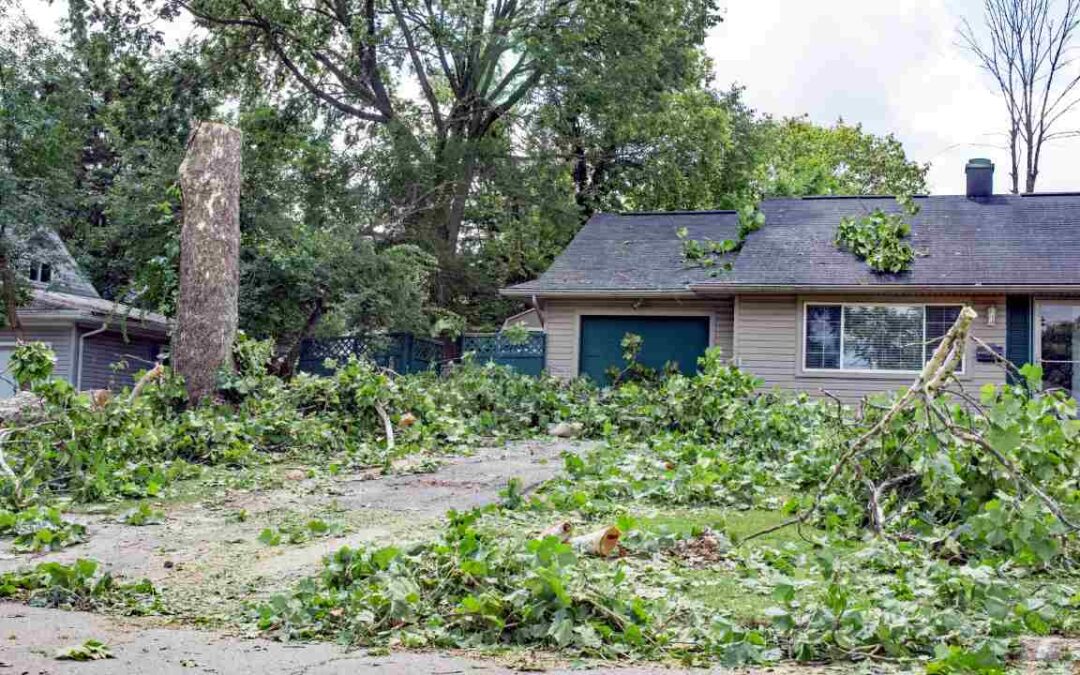Cleaning up after a natural disaster is a time-consuming task and can also be very dangerous. Cleaning up after a storm requires specific supplies, techniques, and products to perform a safe and effective cleanup. Among the debris and rubble it can be overwhelming to know where to start.
Here we are going to give you the best tips for a safe and effective cleanup after a natural disaster or a strong winter storm.
1. Check Your Surroundings
Before you begin any post-disaster cleanup, make sure your surroundings are safe. When you re-enter your home, be careful and aware of the conditions. Is there a chance of structural or water damage? Are appliances wet? Can you smell gas or other chemicals? If so, call the appropriate authority, an inspector, electrician, or other government agency. Do not enter the building until it has been cleared by a professional. Once you have determined that your home is safe, you can begin clearing the debris.
You must obtain approval from local utility companies before you begin digging. The utility company will make sure that there are no lines buried beneath the ground.
2. Protect Yourself With The Right Equipment
Disasters create all kinds of debris and you need to be prepared. It’s a dirty job, so no matter what you’re cleaning up, wear old clothes and gloves to protect yourself. Take precautions when handling dangerous items like propane tanks, car batteries, electrical equipment, or sewage. Wear proper equipment like gloves, face masks, boots, and goggles. If you need to use a chainsaw to remove trees, wear protective clothing, earplugs, and safety glasses. Make sure people nearby are safely out of the way.
3. Don’t Try To Go It Alone
The debris that follows natural disasters is often heavy and difficult to remove. Trying to move larger items alone could cause serious damage. Ask for help and always work as a team. Keep in mind that certain items can be dangerous if handled incorrectly.
4. Pace Yourself
Large disasters can take weeks or even months to clean up. While it’s important to act quickly (in the case of hazardous or water-damaged materials), you won’t be able to do it all at once. Start with the most important things and take breaks when needed. Work together with your family to feel safe and supported. Pace yourself so you don’t feel overwhelmed.
5. Have A Disposal Plan
There’s no way to prepare for the effects of a natural disaster, but planning ahead can alleviate some of the stress during hurricane cleanup. Create a list of who to call to get rid of certain items. In most cases, local governments offer debris removal for free, as long as you’ve sorted the debris and placed it at the curb.


